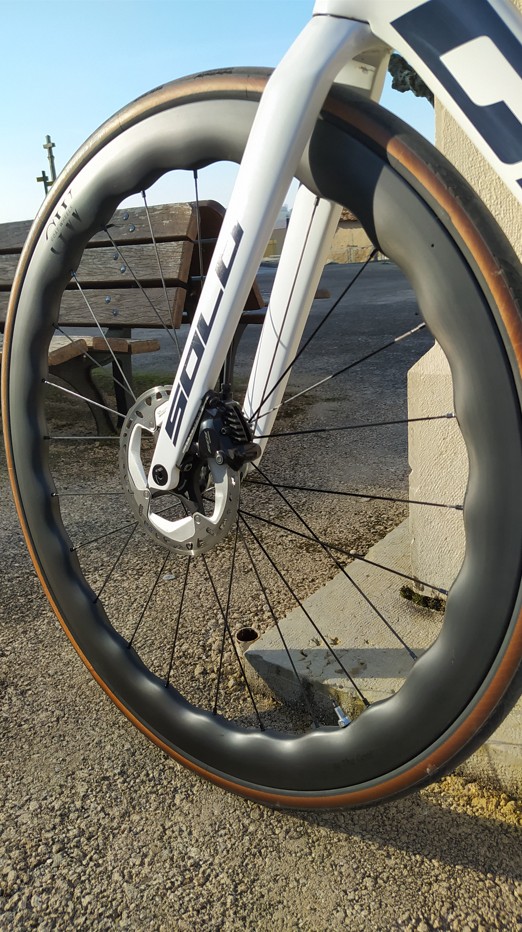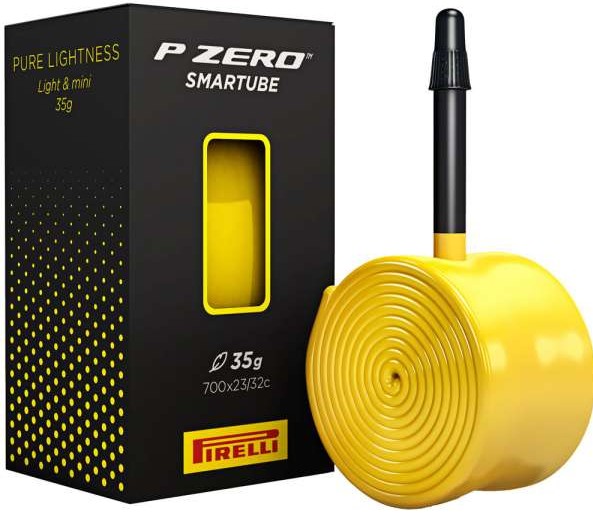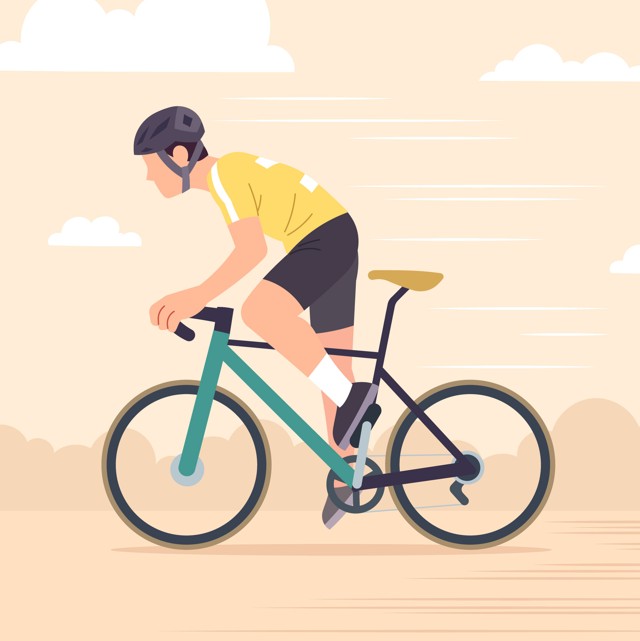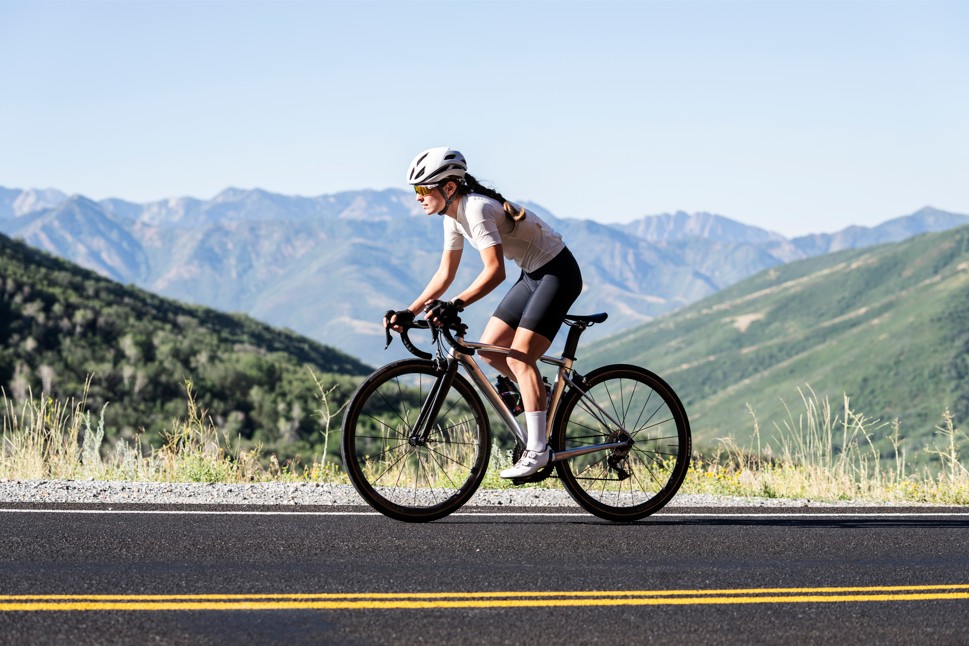7 tips for improving your road bike and boosting performance
Introduction
When you’re a regular cyclist, improving your road bike becomes an essential mission. Here are seven detailed tips to help you do just that. Each one illustrates its impact on the bike’s capabilities, weight, comfort, stiffness, aerodynamics and budget. Follow this clear action plan to transform your bike, step by step.
Correct your posture to improve comfort
Before making any technical modifications, start with a bike fitting by a professional. This allows you to fine-tune saddle height, handlebar reach and pedaling axis. The right posture reduces pain, increases endurance and improves overall comfort.
Optimal alignment of pelvis and legs maximizes power transfer with each pedal stroke. You also benefit from a significant reduction in back and shoulder strain. What’s more, a slightly lowered position improves air penetration, thus promoting aerodynamics.
On the budget side, a postural study costs between €150 and €300. It’s an investment that quickly pays off, as it helps to prevent injury and improve comfort over the long term. To find out more, read this article on bike fitting in triathlon.
Choosing the right tires to get the most out of your road bike
Tires are the only point of contact with the road. That’s why investing in models with low rolling resistance and reinforced casings is crucial. This is immediately apparent in performance and feel. With a wider section, such as 28 mm, you benefit from better filtering of irregularities, which prevents muscle fatigue.
By choosing your tires carefully, you save around 50 g per tire. This makes it easier to maintain a constant speed. What’s more, an optimized tread pattern improves airflow around the rim and tire, enhancing aerodynamics. What’s more, the changeover is quick and affordable. With a budget of €40 to €70 per tire, you can upgrade the performance, safety and durability of your road bike.
Discover our tips and comparisons for choosing your road bike tires.
Select high-performance carbon wheels for improved rigidity and speed
Next, let’s move on to the wheels, a major component in terms of feel. Profiled carbon bicycle wheels between 35 and 60 mm provide a triple benefit. They’re particularly useful if you often ride on flat, hilly or mountainous terrain. What’s more, they offer a reduction of up to 750 g per pair, which reduces inertia and facilitates acceleration.
Thanks to better power transmission, without deformation, relaunching becomes more straightforward. What’s more, you gain speed on the flat, especially in crosswinds. These wheels offer an excellent compromise between stiffness, lightness and aerodynamics, and are a major area for improvement for your bike. For good value, expect to pay between €1,200 and €2,000 for a pair.

If you’re looking for high-performance carbon wheels, take a look at our road bike models.
Replace tubes to upgrade your road bike
Inner tubes may seem anecdotal, but they have a direct influence on the feel of the ride. Opt for TPU versions. You’ll notice an immediate return with every pedal stroke. This change, which is often underestimated, is one of the easiest to implement and has no impact on your chances of punctures.
In fact, replacing your tubes reduces their weight by 30 to 75 g each. This improves the bike’s responsiveness under acceleration, as well as rolling resistance. What’s more, these materials absorb vibrations more effectively, offering greater comfort. At a cost of €8 to €22 per tube, this improvement is accessible to all, and makes an effective contribution to overall performance.

Opt for a rigid crankset to improve efficiency
The crankset is a critical point for power transfer. Switching to a carbon model improves your overall efficiency. It also makes the bike lighter without compromising on strength. As a result, pedaling is more direct and fluid.
With virtually no flex, every watt is transmitted efficiently. What’s more, you save up to 200 g compared with an aluminum model. Some chainring designs even feature a streamlined design, which helps reduce aerodynamic drag. An investment of between €250 and €450 quickly pays off when it comes to improving your road bike, especially if you like to climb or sprint.
Servicing the transmission to optimize precision
A smooth-running transmission is synonymous with comfort and performance. That’s why regular maintenance is essential. Check chain wear, clean sprockets and adjust derailleurs. By doing so, you limit energy loss and preserve your components longer.
Precise adjustment means instant gear shifting. This makes pedaling smoother and more enjoyable, especially on technical courses. What’s more, replacing a worn chain, for around €30, or installing ceramic derailleur pulleys (around €90), optimizes performance without blowing your budget. In this way, you improve your drivetrain’s ability to support your efforts, which in turn helps to improve your road bike and its performance.
Adapt the saddle to improve support
Finally, the saddle has a direct influence on comfort and endurance. It must be perfectly adapted to your morphology and riding style. The wrong saddle can ruin a ride, even on a top-of-the-range bike. So it’s vital to test several models before making your choice.
A well-chosen saddle provides excellent support, reducing pain over long distances. At the same time, top-of-the-range models often weigh less than 150 g, which helps to make the bike lighter. What’s more, a slim profile can limit drag under the rider. For lasting comfort, expect to pay between €100 and €250, an often overlooked but essential investment.

Conclusion
These 7 tips for improving your road bike offer a balance between performance gains and budget control. By applying these optimizations progressively, you’ll obtain a lighter, more responsive and more comfortable bike, while gaining in aerodynamic efficiency. The result is a bike that maximizes every pedal stroke, and is a real pleasure to ride.
For more cycling tips and advice, visit our blog page.

